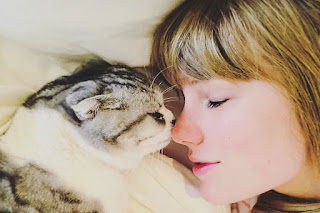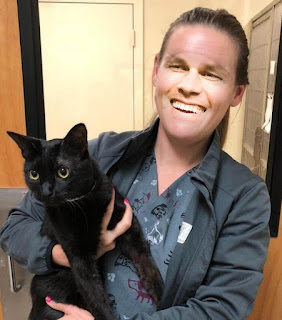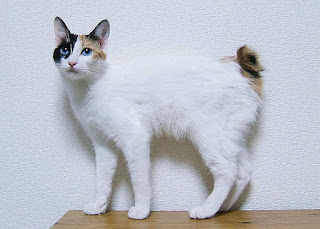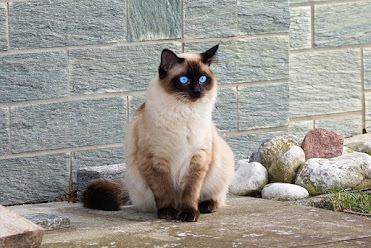Taylor Swift
Taylor Swift is a proud cat lover who has three cats named Meredith Grey, Olivia Benson, and Benjamin Button.
She was inspired by her love for cats to take on a role in the movie "Cats."
Kate Beckinsale
Kate Beckinsale owns an adorable cat named Wabbit.
She is known for her love of felines and is a proud cat owner.
Tom Brady
After retiring from the NFL, Tom Brady became a cat dad to two gorgeous white 10-week-old Siamese mix kittens, Vivi and Poké.
He and his daughter Vivian fell in love with the kittens while volunteering at the Humane Society of Tampa Bay.
Mariska Hargitay
The "Law & Order: Special Victims Unit" star introduced her cat, Karma, on Instagram, whose name is inspired by a song written by Taylor Swift.
Taylor Swift famously named one of her own cats after Mariska's TV character, Olivia Benson.
Freddie Mercury
Freddie Mercury was known for his deep love for his cats. He reportedly spoke to them on the phone when he was on tour.
His affection for his feline companions was well-known among his fans and friends.
Nicolas Cage
Nicolas Cage once shared an interesting anecdote about spending hours staring at his pet cat, Lewis, after taking "magic" mushrooms.
This unique bond with his cat showcases his deep affection for feline companions.
Jennifer Garner
Jennifer Garner shared an adorable video with her cat, Figaro, on Instagram, showcasing her love for her furry friend.
Her affection for her cat reflects her love for pets and animals.
Drew Barrymore
Drew Barrymore is known to be an avid cat owner and has an adorable pet cat.
Her love for her feline companion is evident in her social media posts and public appearances.
Paul McCartney
Paul McCartney had a cat named Thisbe, showcasing his love for feline companions.
His affection for his pet cat reflects his love for animals and pets.
Leonard Nimoy
Leonard Nimoy, known for his role in "Star Trek," is a proud owner of both cats and dogs.
His love for pets is evident in his personal life, reflecting his affection for animals.


















